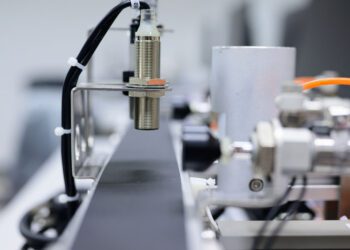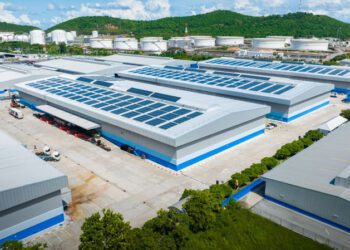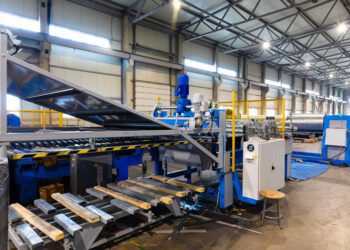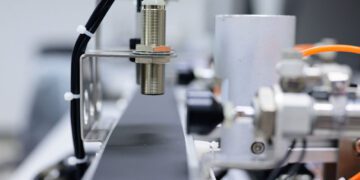The pharmaceutical manufacturing industry plays a pivotal role in healthcare, providing essential medications to patients around the world. As technology and global demands evolve, so too does this dynamic industry. Understanding the trends and challenges is critical for stakeholders ranging from policymakers and manufacturers to healthcare providers and investors. This article delves into the current landscape of the pharmaceutical manufacturing industry, highlighting the notable trends and obstacles.
Trends in Pharmaceutical Manufacturing
1. Personalized Medicine:
Tailoring medications to individual patient needs is becoming more common. Personalized medicine considers factors like genetics to ensure more effective treatments.
2. Continuous Manufacturing:
This involves a shift from traditional batch manufacturing to continuous processes, enhancing efficiency, and quality control.
3. Biopharmaceuticals Growth:
The development and production of biologics, including vaccines and gene therapies, are on the rise, driven by technological advancements.
4. Artificial Intelligence (AI) and Automation:
AI, machine learning, and automation are revolutionizing pharmaceutical manufacturing, allowing for faster development, increased accuracy, and optimized processes.
5. Focus on Sustainability:
The industry is placing greater emphasis on environmentally friendly practices, reducing waste, and using renewable resources.
6. Globalization:
More collaborations and partnerships are occurring across borders, fostering innovation and expanding market reach.
Challenges in Pharmaceutical Manufacturing
1. Regulatory Compliance:
Different countries have diverse regulations governing pharmaceutical manufacturing. Keeping up with these evolving regulations is often complex and costly.
2. Quality Assurance:
Maintaining consistent quality across products is vital but challenging, particularly with intricate pharmaceuticals like biologics.
3. Drug Pricing and Accessibility:
Balancing costs to ensure affordability without sacrificing innovation and profits is a continual challenge.
4. Supply Chain Vulnerability:
Global pandemics, political instability, and natural disasters can disrupt the supply chain, leading to shortages and increased costs.
5. Intellectual Property (IP) Rights:
Protecting IP rights while fostering innovation and competition can be a delicate balance.
6. Talent Gap:
Finding skilled professionals with expertise in emerging areas like biopharmaceuticals and data science is often difficult.
The Way Forward: Strategies for Success
Navigating the trends and challenges requires strategic thinking and adaptability:
Investment in Research and Development (R&D): Continued innovation relies on robust R&D initiatives.
Embracing Technology: Leveraging AI, automation, and other technologies can enhance efficiency and innovation.
Collaboration and Partnerships: Working together with other industry players, governments, and research institutions can foster growth.
Focus on Patient-Centered Approaches: Prioritizing patient needs and embracing personalized medicine can lead to better outcomes and market differentiation.
Strengthening Supply Chains: Building resilient and transparent supply chains can mitigate risks and enhance reliability.
Conclusion
The pharmaceutical manufacturing industry is at a crossroads, shaped by groundbreaking innovations and faced with substantial challenges. The trends of personalized medicine, continuous manufacturing, sustainability, and technology integration are driving the industry forward, while hurdles like regulatory compliance, quality assurance, and supply chain vulnerability require careful navigation.
Strategic investments, collaborations, and a focus on patient-centric approaches will be vital in harnessing the trends and overcoming the challenges. The pharmaceutical manufacturing industry’s ability to adapt and innovate will determine its success in providing essential healthcare solutions in an ever-changing global landscape.




















